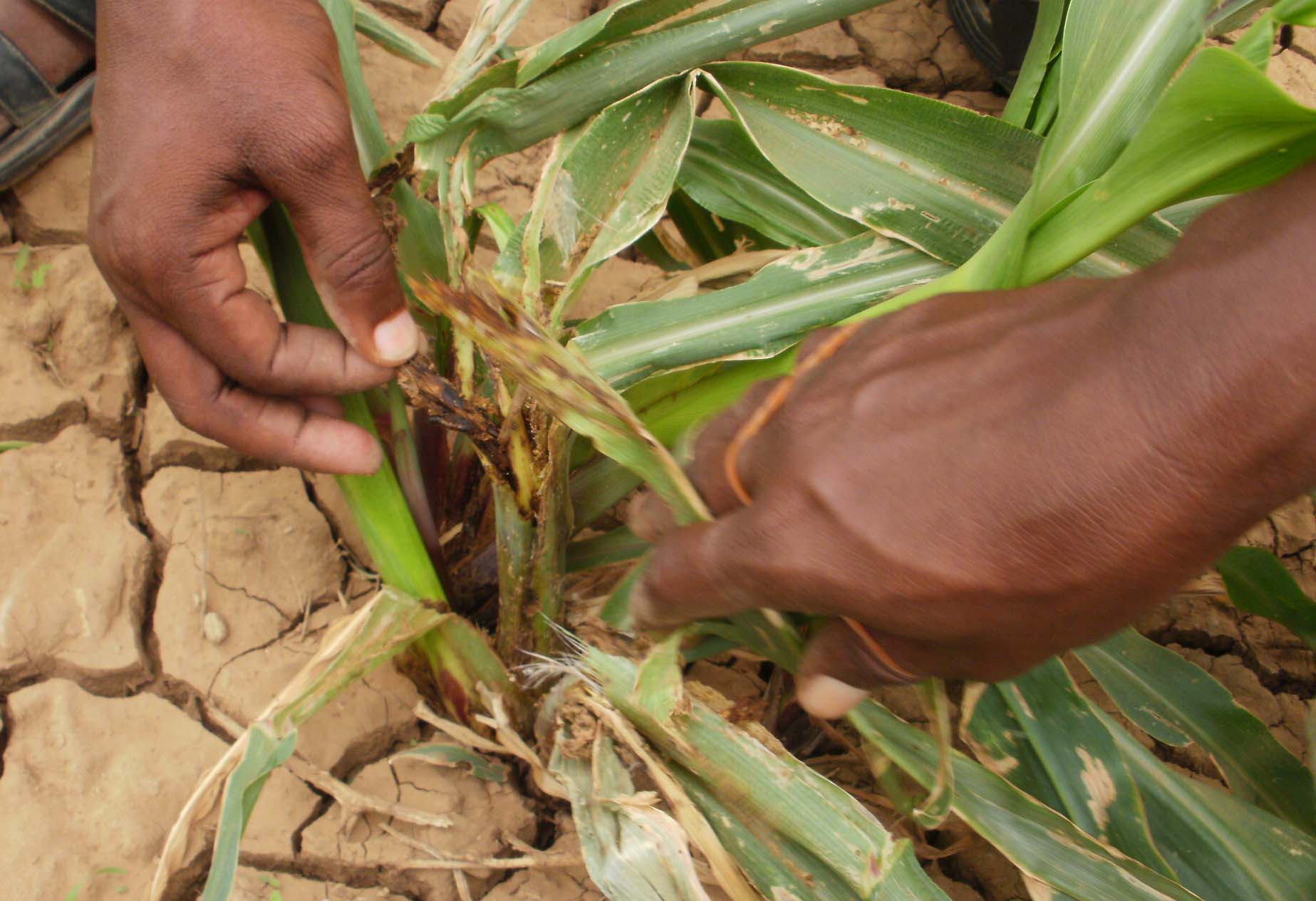Greg Gottlieb and Racey Henderson discuss COVID-19 and the need for agricultural standards

New Effort to Support Agriculture Response in Emergencies
by Gregory Gottlieb and Racey Henderson
The implications of COVID-19 and the public health response to the pandemic on food systems and people’s livelihoods is and will continue to be massive. This is particularly the case for the two billion people worldwide who live in small farm households and work on plots of land less than two hectares. Each year, even without a global pandemic, emergencies affect a vast number of these people’s livelihoods. There is concern that the secondary effects from the pandemic—food insecurity, increased poverty, increased violence—may be more devastating than the pandemic itself, and are likely to be felt for many years to come.
This moment highlights how agriculture is both a lifesaving and life-sustaining service: it provides nourishment through production. Strong, resilient, and local food systems save lives by producing food and can temper the secondary effects from this pandemic through livelihood activities.
In humanitarian and development contexts, professionals are doing their best to design programs that meet the social distancing requirements. For agriculture programs, they are forced to do so without standards to guide them. In fact, we do not have any sort of review of the existing experience and evidence to determine good practices across diverse contexts and stages of production. Other sectors have developed standards and guidelines that make up the Humanitarian Standards Partnership. A new project—SEADS—was recently launched to fill the knowledge gap on agriculture in emergencies. It aspires to be included in these efforts so that practitioners can know how to best support agriculture during crises, including pandemics.
The SEADS Project
The SEADS Project is a multi-year effort that aims to enable the best possible programming for agriculture livelihoods in emergencies. This project will result in a set of international standards that will enable those responding to humanitarian crises to design, implement, and evaluate agricultural interventions to maintain and strengthen the livelihoods of farming communities, increase their resiliency, and support preparedness and post-emergency recovery.
The SEADS Project will incorporate input and feedback from a broad number of stakeholders including, crisis-affected farming communities, local NGOs and civil society, governments in affected countries, international NGOs and UN agencies, and international donors. It will follow an objective and transparent process to ensure that the standards articulate the best available evidence on the most common agricultural interventions in emergencies. The SEADS Project is managed and supported by a Steering Group currently made up of Catholic Relief Services, the Food and Agriculture Organization of the United Nations, the International Committee of the Red Cross, Livestock Emergency Guidelines and Standards (LEGS), SOS Sahel Sudan, World Vision, and the Feinstein International Center at Tufts University School of Nutrition. The Steering Group is actively seeking additional Steering Group members from regional and country specific organizations to ensure that a broad range of perspectives and experience guide the development of these standards.
SEADS focuses on the areas where emergencies, livelihoods and agriculture overlap, emphasizing the need to support agriculture production and marketing during preparedness, emergencies, and recovery. SEADS will cover annual, perennial and horticulture crops for food or commercial production in different environments and production systems around the world. It will cover rural, peri-urban, and urban agriculture as well as agriculture practiced by displaced people and those living in camps.
SEADS will be structured around livelihood objectives, underpinned by a rights-based approach, notably the right to food and the right to a standard of living, in line with the Sphere Standards. The SEADS livelihoods perspective also means that the guidelines address not only immediate emergency response but also recovery phases and links to long-term development. Preparedness is a significant aspect of emergency response in SEADS, as is the importance of protecting livelihood assets to protect future livelihoods and to save lives.
What next?
The response to COVID-19 will consume much of the thinking and actions of the humanitarian community over the next many months, and that addressing pandemics in general will occupy our thinking for a long-time to come. We must remember that this emergency is not just a public health emergency; it is affecting the livelihoods of millions of people worldwide. During this time new emergencies will continue to arise that challenge humanitarians to provide exceptional programming. Now is the time to improve how humanitarians support agriculture as an essential lifesaving and life sustaining service. We hope that the SEADS Standards will do just that by filling the need for evidence-based guidance on best practice.

